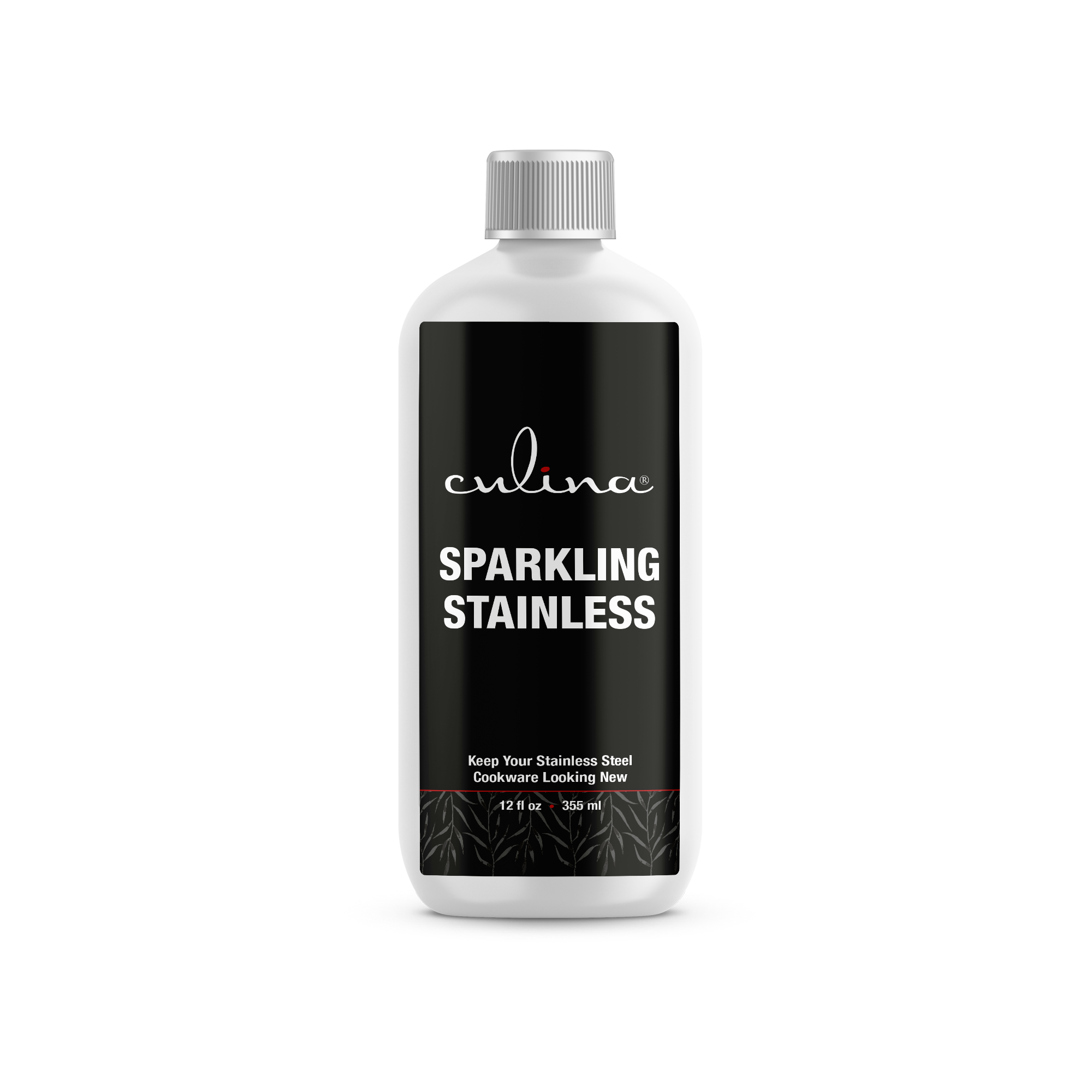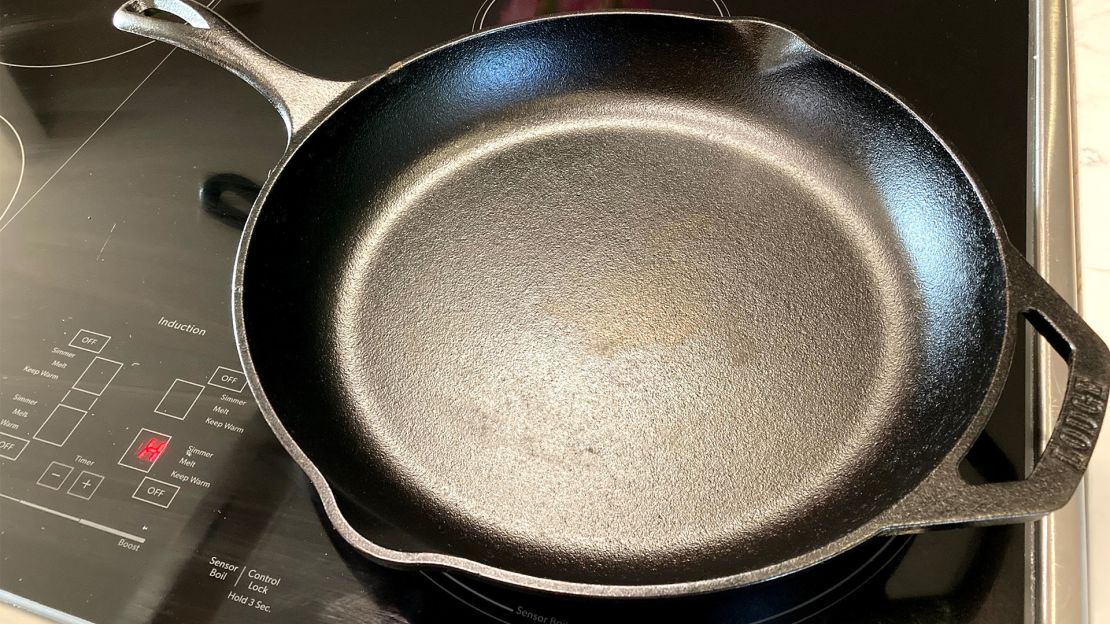When it comes to preparing pasta, choosing the right tools is absolutely essential. One of the most significant utensils in a chef's arsenal is the stock pot.
The crucial question is: what size stock pot for pasta should you use? This question resonates with kitchen professionals who know that the right choice can be a game changer for efficiency, flavor, and overall culinary experience.

The Importance of Choosing the Right Size
The size of your stock pot can greatly impact cooking speed, water temperature maintenance, and pasta texture. A big stock pot can hold a generous amount of water, which maintains the ideal cooking conditions by ensuring that the water returns to boil quickly after adding pasta. If your pot is too small, the water temperature may drop significantly, potentially ruining your pasta dish.
Understanding Stock Pot Sizes
Stock pots come in various sizes, typically ranging from 6 quarts to over 20 quarts, depending on your cooking needs. A 12-quart stock pot is often considered ideal for a standard batch of pasta, while larger pots are preferable for big gatherings or professional kitchen use. But, how do you determine whether to use a 16-quart or an even larger one?
Here are some important metrics:
- 6-quart stock pot: Good for small family meals.
- 12-quart stock pot: Perfect for regular pasta servings.
- 20-quart stock pot: Ideal for large parties or professional catering.

Factors to Consider
There are several factors to keep in mind when selecting a stock pot size:
1. Quantity of Pasta
How much pasta do you typically cook? Understanding your serving sizes will inform your choice. If you often find yourself cooking for large gatherings, leaning towards a larger pot will save you time and water.
2. Space and Storage
Consider the space you have in your kitchen. A big stock pot takes up more room. Ensure your kitchen can accommodate your new tool while still fitting your needs.
3. Heat Sources
Make sure your burner can adequately support your pot's size. A large stock pot may require more powerful burners to heat the water effectively.

Choosing the Right Material
Stock pots are made from various materials like stainless steel, aluminum, and enameled cast iron. Choosing the right material for your stock pot can influence not just cooking performance but also maintenance and longevity. For example, stainless steel pots are durable and easy to clean, while cast iron provides excellent heat retention.
Common Cooking Techniques
Cooking pasta involves more than just boiling water. Knowing how to use your stock pot effectively can yield delicious results. Here are a few techniques to consider:
- Bringing water to a rapid boil
- Understanding al dente
- Mastering the timing for adding pasta
Shocking Claims About Stock Pots
There are shocking claims circulating about stock pots that every kitchen professional should consider:
- Using too small a pot can ruin pasta texture: Its true!
- Cooking time can be affected by pot size more than ingredients.
FAQs About Stock Pots for Pasta
Here are some frequently asked questions that may help you understand better:
1. How many quarts do I need for a pound of pasta?
For every pound of pasta, you should ideally use at least four to five quarts of water. This ratio helps keep your pasta from sticking and ensures thorough cooking.
2. Is there a recommended pot size for specific pasta types?
Certain pasta shapes like spaghetti or fettuccine might benefit more from taller pots compared to wide, flat ones. The shape can influence the necessary pot dimensions.
3. Can I use a stock pot for purposes beyond pasta?
Absolutely! Stock pots are versatile and can be used for making soups, stews, or canning vegetables as well. If you're looking for more ways to utilize your pot, check here.
By now, you may have a clearer understanding of what size stock pot for pasta best meets your needs. Ensure you are making an informed choice that can profoundly impact both the quality of your dishes and your cooking experience.
For additional resources on stock pot sizes, visit this article to enhance your knowledge further.
As an Amazon Associate, I earn from qualifying purchases.






Leave a comment
This site is protected by hCaptcha and the hCaptcha Privacy Policy and Terms of Service apply.